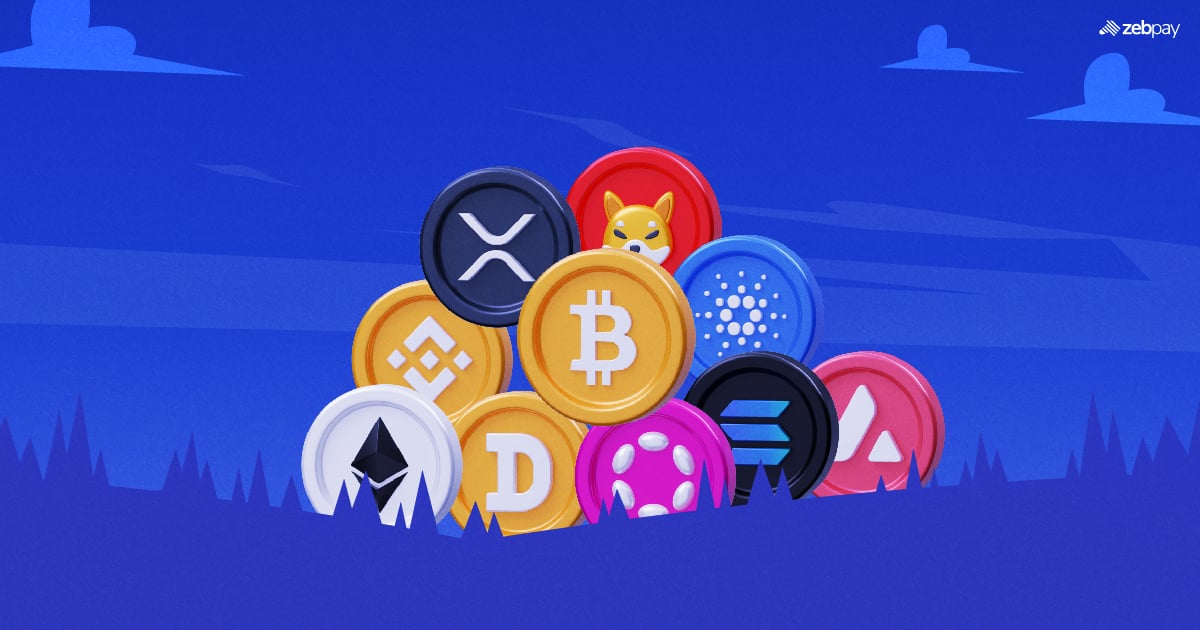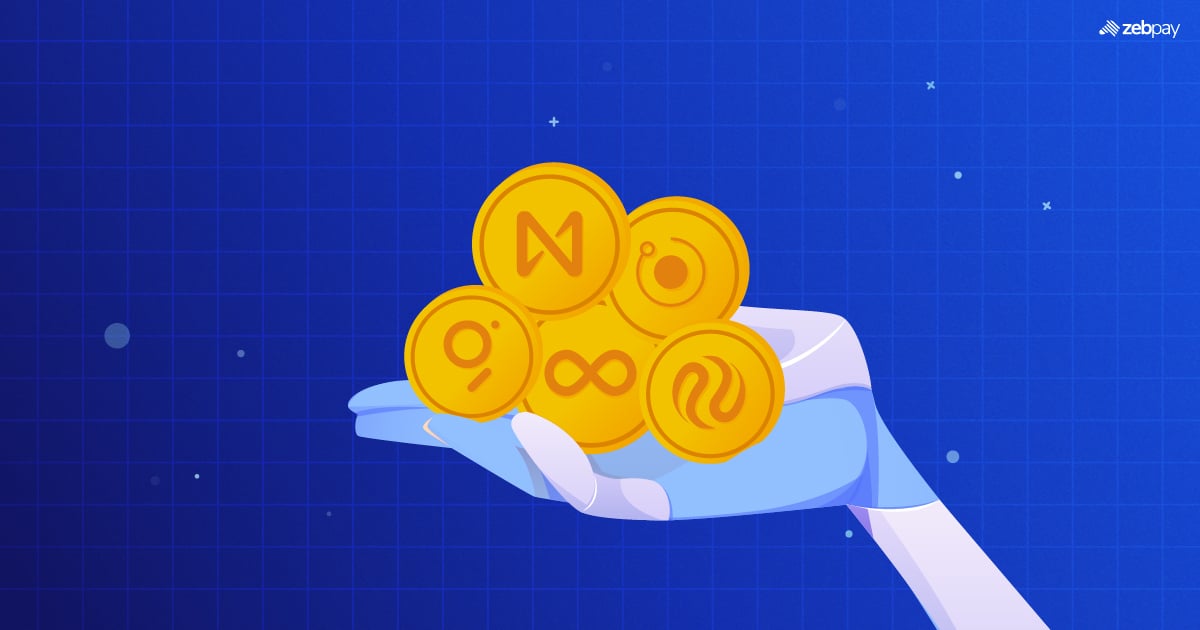Finance has been dominated at large by centralised banks since inception. Crypto is changing this. Blockchain’s advent has led to fantastic innovations in Decentralised Finance (DeFi). One of the main attractions is DeFi lending. But it can be difficult to understand how it works without any authority at the centre. So what is DeFi lending and how does it work?
What is DeFi Lending?
DeFi lending operates on blockchains and uses its new features to offer crypto loans. No authority can approve or reject a loan as in traditional banks. Instead, the system works in a trustless manner, which means you do not have to rely on a trusted third party to ensure the loan is executed correctly. The blockchain takes care of it automatically.
To start borrowing, you need a crypto wallet and tokens to use as collateral. This wallet can be connected to a dApp offering DeFi services. The system allows you to get DeFi loans in seconds, without lengthy paperwork and frustrating processes.
Lending follows a similar process, but your tokens are provided as funds to borrowers. This allows you to earn interest and rewards as crypto tokens.
How Does DeFi Lending Work?
A key feature of blockchains that makes DeFi lending work is smart contracts. A smart contract is a set of codes that executes automatically when the requirements are met. This can be used for several purposes, like minting tokens, automatic transfers and in this case, creating crypto loans.
There are two main methods for lending tokens on DeFi apps. The first one is peer-to-peer (P2P). Under this system, you enter a contract with another individual who wants to borrow tokens from you. You can then negotiate the contract’s details and lend the exact amount to the other party.
Alternatively, you can participate in liquidity pools. These are smart contracts, where you lock in your crypto tokens as lending funds. Borrowers can access this pool whenever they require liquidity. Unlike P2P lending, many lenders and borrowers use the same liquidity pool.
What’s the Difference Between DeFi Lending and Traditional Lending?

| Feature | Traditional | DeFi |
| Underlying System | Account-based lending | Blockchain-based lending |
| Information | Opaque operations | Transparent, publicly-available operation |
| Collateral | Ownership documents (Land, Vehicle), Stocks | Crypto Tokens |
| Types of Lending | Bank to Individual, Bank to Bank, Bank to Company | Peer-to-peer, liquidity pools |
| Processing Time | Weeks to Months | Seconds |
| Earning Potential | None, all profits lie with the bank | Individuals can earn a passive income from DeFi lending |
What are the Benefits of DeFi Lending?
Instant Confirmation
Unlike traditional loans, which can take 30-40 days to process, DeFi loans can be completed instantly. The loan amount is reflected in your account just a few minutes after you apply for the loan.
Transparent
Since the system operates on a blockchain, data is viewable by all users. This ensures that loans are distributed transparently and fairly.
Data Integrity
There is no chance of missing or altered information on a blockchain. Once created, data on a blockchain cannot be deleted or edited. Your lending or borrowing history is thus cemented and cannot be changed.
Opportunity to Earn
DeFi lending allows you to earn rewards easily. All you have to do is lock your tokens into a liquidity pool to begin earning interest on your funds. You can also earn interest through P2P loans. This can give you a steady stream of income without any active involvement.
DeFi Lending Examples
Aave
One of the most popular platforms for DeFi lending activities is Aave. Launched in 2020, it is a platform that allows you to deposit your tokens into liquidity pools and earn “ATokens” as rewards. The rewards you receive are based on how much liquidity your tokens provide to borrowers.
The interest rates are automatically adjusted based on the demand and supply of tokens. This can vary from one liquidity pool to another.
Compound
Another popular platform for DeFi Lending, Compound provides liquidity on many other financial protocols. You can directly influence the functioning of this platform by participating in its governance. This allows you to vote on matters of operations and treasury, to ensure platform interests align with yours.
As a reward for your deposited tokens, you can earn CTokens. These are special assets created based on the tokens you provide.
What is Some DeFi Lending Risk?
Volatility
Crypto prices are highly volatile. DeFi lending requires you to lock your tokens in for a long duration to earn meaningful returns. If the price of your deposited token falls sharply, this can impact your earning potential.
Lack of Regulation
Blockchain products like crypto and DeFi are highly unregulated, with guidelines varying from one country to another. This also means that the government cannot help you if the platform fails or you lose your money. It is important to do your research and be careful when using DeFi.
Read more: Defi vs Cefi
Final Thoughts
DeFi has led to phenomenal growth and innovation in the crypto space. This will continue in the future, as the number of users and investment in the field grows. DeFi lending in particular offers fantastic opportunities for individuals to earn rewards from their crypto holdings. But be sure to do your research and choose your investments wisely.
You can learn more about Crypto on ZebPay blogs. Trade confidently with ZebPay.
FAQ on DeFi Lending
What are the DeFi Lending Rates?
Most popular crypto tokens offer annual percentage yields (APYs) of 4-10%. Some smaller coins with lower availability can even get you returns of 30-40%. However, these can also be highly risky.
Is DeFi Lending Safe?
Most DeFi lending applications are secure and your funds are not at risk of loss. These platforms are usually open-source – which means their code can be observed and checked for any vulnerabilities.
Recently, there have been many high-profile bankruptcies in crypto lending. These include centralized platforms that offer crypto lending services. Decentralized protocols remained unaffected thanks to their verifiability and public control.







